Last week I looked at how we see, with a small serving of biology and the necessity of embodied experiences to inform our ‘vision’—-as both literal seeing and the metaphysics of ideation. This week I wanted to look at an incredibly influential art theory, that had repercussions for me as a student and an artist—John Berger’s Ways of Seeing, ——we are going to rocket to the past.
In 1972, John Berger published a slim book based on his BBC television series on how we see and understand art. The book and the ideas it stirred contributed to a bizarre battle that was playing out in my Art College. The Painting and Drawing department had separated into 2 camps, Fine Art and Experimental Art. I had to take courses in both areas, Day 1 in EA we were met with a video camera to record our names and a note on the tripod offering directions to a nearby tavern to meet our Professor. Day 1 in FA, we learned to sharpen our Wolff’s carbon pencils and drew from the nude model. My classmates included Wendy, who loved to scream at me “painting is dead motherfucker!” I believe she is an animator now, and Rob, who spent an inordinate amount of time drawing pubic hair, I think he went into special effects. It was strange times.
I returned to Berger’s book when I moved to a painting studio in 1990 and many of its ideas were seminal for images I exhibited in Toronto in 1992. I combined images from magazines, newspapers, and journals. Fashion, music, film, crime, and celebrity were added together in visual equations to challenge how narratives were built and sourced. I created a pop up gallery and negotiated the use of the space for a month for free as it was for lease.

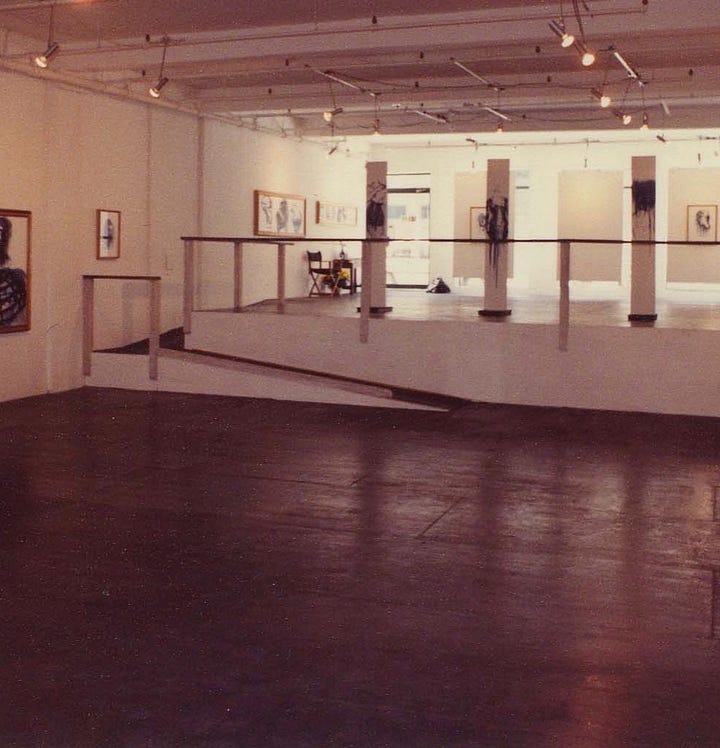

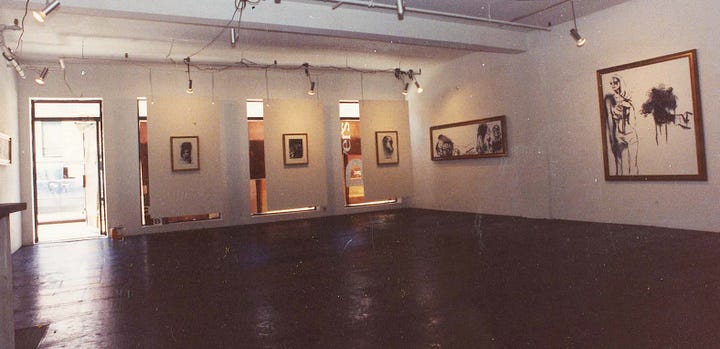
The paintings were oil paint on panel and all of the work was framed in gold frames. The opening was covered by Fashion Television—FT, one of the most popular shows worldwide.
Ok, back to Berger—-Ways of Seeing consists of seven essays, four use words and images and three use only images. The book begins with “Seeing comes before words.” and is furthered explained by “The way we see things is affected by what we know or what we believe.” Berger and his fellow authors took on—-Art as commodity and property, the mystification of artwork and the reification of the museum, the effects of the camera and reproduction of images (channeling Walter Benjamin and his essay, The Work of Art in the Age of Mechanical Reproduction.) and the male gaze in art—‘men act, women appear’.
I haven’t thought much about Berger since those early paintings in 1990. It was a journal article by Jorge Latorre that sent me to my bookshelf to get my copy of the book. In the piece, The Fuller-Berger Controversy, Teaching Visual Literacy to Social Science Students, the author expresses his concern with art reduced to ideology creating a barrier to actually experiencing physical art. Returning to my education, Latorre’s article reminded me of how I felt pressured to close my mind by both of the factions at my College. I either had to hate Modern art or hate figurative art, there was no middle ground. Latorre’s article also mentions the British art critic Peter Fuller. I had no idea who Fuller was.
Peter Fuller was a fierce defender of indigenous British art and a founding editor of the magazine Modern Painters. He died in 1990, in a tragic car crash that his son Laurence survived. In 1999, the Guardian newspaper offered this about Fuller, “This man made Britart what it was, he would have hated it.” Fuller did not spare his opinion about the art he despised, give him credit for taking on 4 art critics at once as he torches the work and career of Andy Warhol.
Fuller vs. Berger. It seemed like a pretty tepid controversy when Fuller first lauds Berger as the person who showed him how to write as a critic. But, true to form Fuller is unsparing in his criticism of Ways of Seeing, and by 1987 he is in a pitched battle with Berger and his ‘cohort’. Here is his description of the work of the German artist Anselm Kiefer, “no need to import the anaesthetic quagmires, and charred atrocities of Anselm Kiefer. His work seems to me an adolescent response to the dilemmas of Dover Beach, and Pegwell Bay. The best Neo- Romantic artists have seen beyond such tawdry nihilism, and, through their ‘redemptions through form’ realised glimpses of that ecological and spiritual harmony with nature which we must achieve in reality if, as a species, we are to survive.”
I love Kiefer’s work and saw a large retrospective of his work that was incredibly inspiring. I think Fuller is completely wrong, but he’s asking something of the work that is interesting but he suffers from the same myopia he accuses Berger of…
Fuller takes on Berger’s book in an essay, Seeing Berger in 1978. He begins by lauding ideas that were iconoclastic in 1970, “Berger was consciously offering an alternative conception of art history to that promoted by Kenneth Clark in his book and television series, Civilization. Berger raised a series of 'uncivilized' questions about the social and economic functions of art which Clark studiously evaded. Berger did not accept that Western art history could be legitimately portrayed as a succession of isolated men of genius. He showed that by attending to what has been called the totality of the average', the tradition of painting since the Renaissance could be revealed as being pervaded by class specific and ideological elements, deriving from bourgeois social and property relations.”
But there was a literal flattening of art in Ways of Seeing, that Fuller argues against, “... But no painting of value is about appearance: it is about a totality of which the visible is no more than a code. And in the face of such paintings the theory of visual ideology is helpless”
Fuller’s criticism is suffused with how the artist engages with materials. “ Expression through painting is thus in itself a specific material process: indeed, it is only through this process that the artist's way of seeing, and beyond that of course their whole imaginative conception of their world, is made concretely visible to us.”
He sees much of value in Berger’s book, but he argues that there is still something profound in the material and making of art…
“The point I have been stressing throughout is that it is not enough to refuse to engage with bourgeois aesthetics, to dismiss them as if they were ideological figments and nothing else. One has rather to do to them what Feuerbach did to Christianity: reveal their material basis in the imaginative activity of an embodied human subject who realizes his expression through transforming work which he exercises to greater or lesser effect upon definite conventional and physical materials; that is, through a so-called 'medium' which possesses an identifiable history and tradition. In this way, I think we can begin at least to talk coherently about what Berger refers to as the scientific 'mystery' of a great painting, or what Benjamin might have called its 'profane illumination', or 'materialistic anthropological inspiration'. Such things, I would suggest, may be reproduced through, but cannot be reduced into, the proliferating means of mechanical reproduction. Why did Berger not see this when he worked on Ways of Seeing? He was after all a painter himself. This makes it even harder to understand the reductionism of this text.”
As a teacher, I have always tried to avoid the narrow hard packed path that my art education offered. I remember one of my Fine Art classmates asking me how it felt to prostitute myself after I had my first Illustration published. I was beginning to make my living by creating images, he was delivering mail.
Strange times.

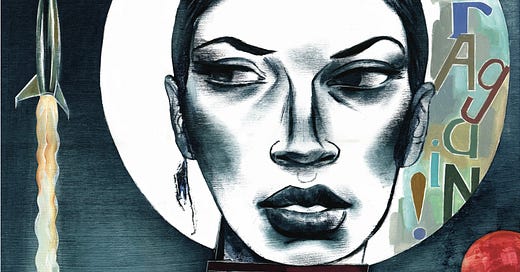



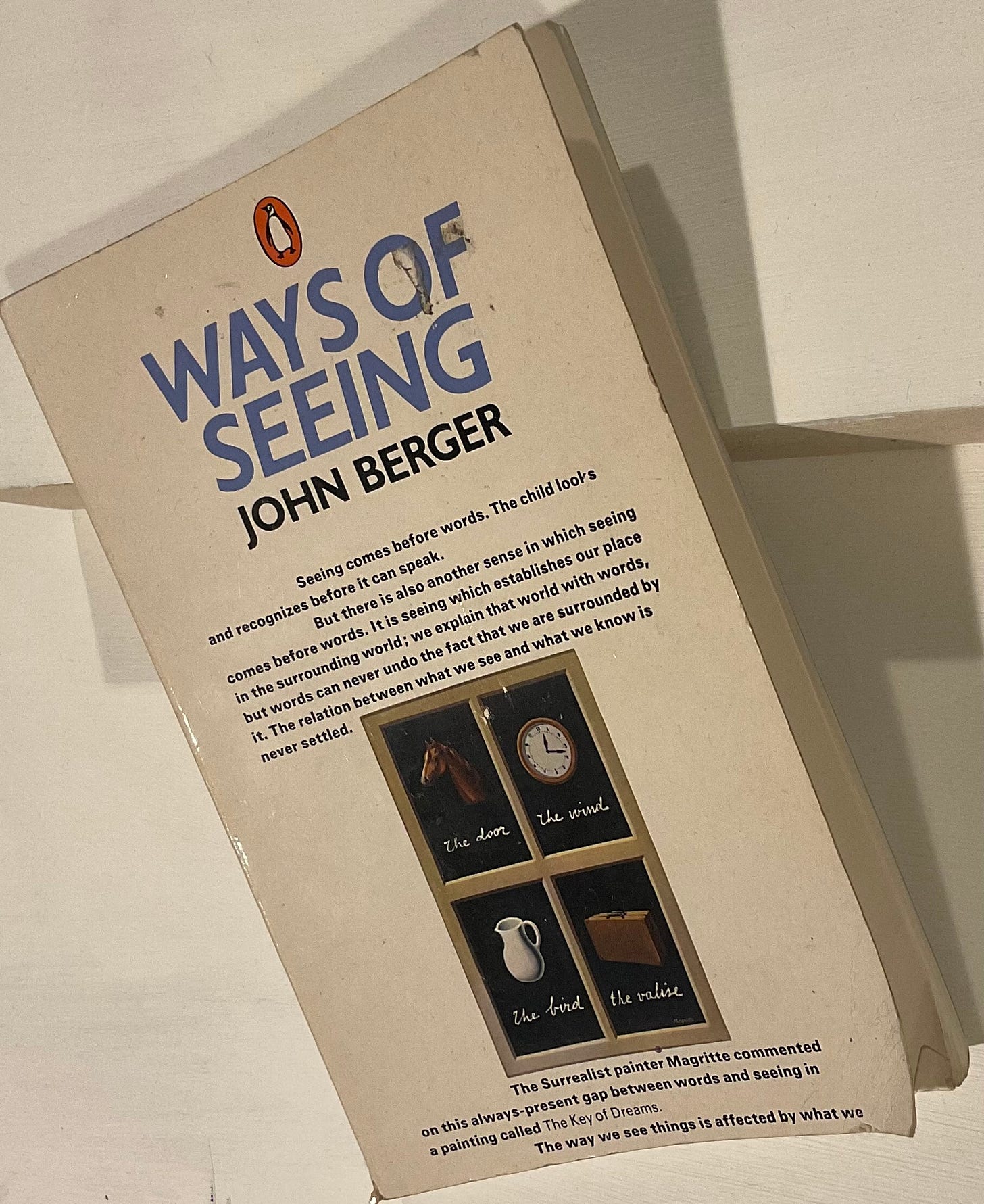

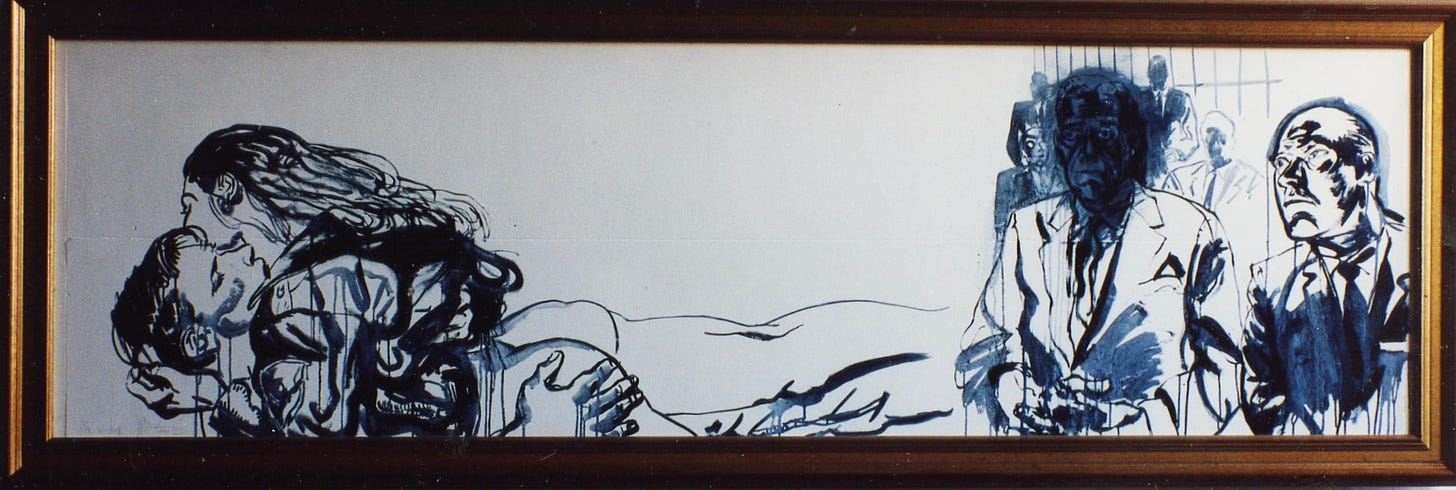

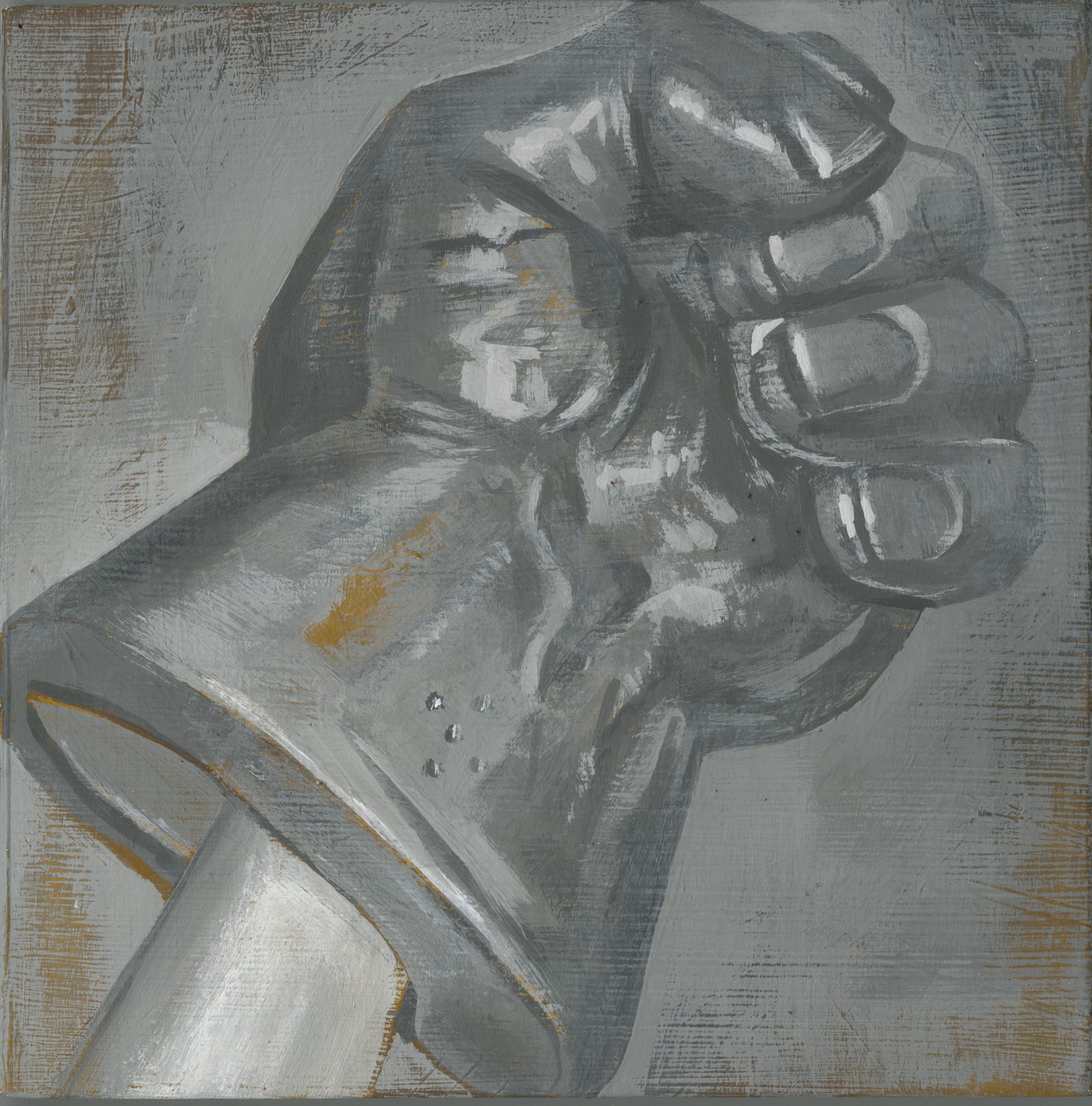
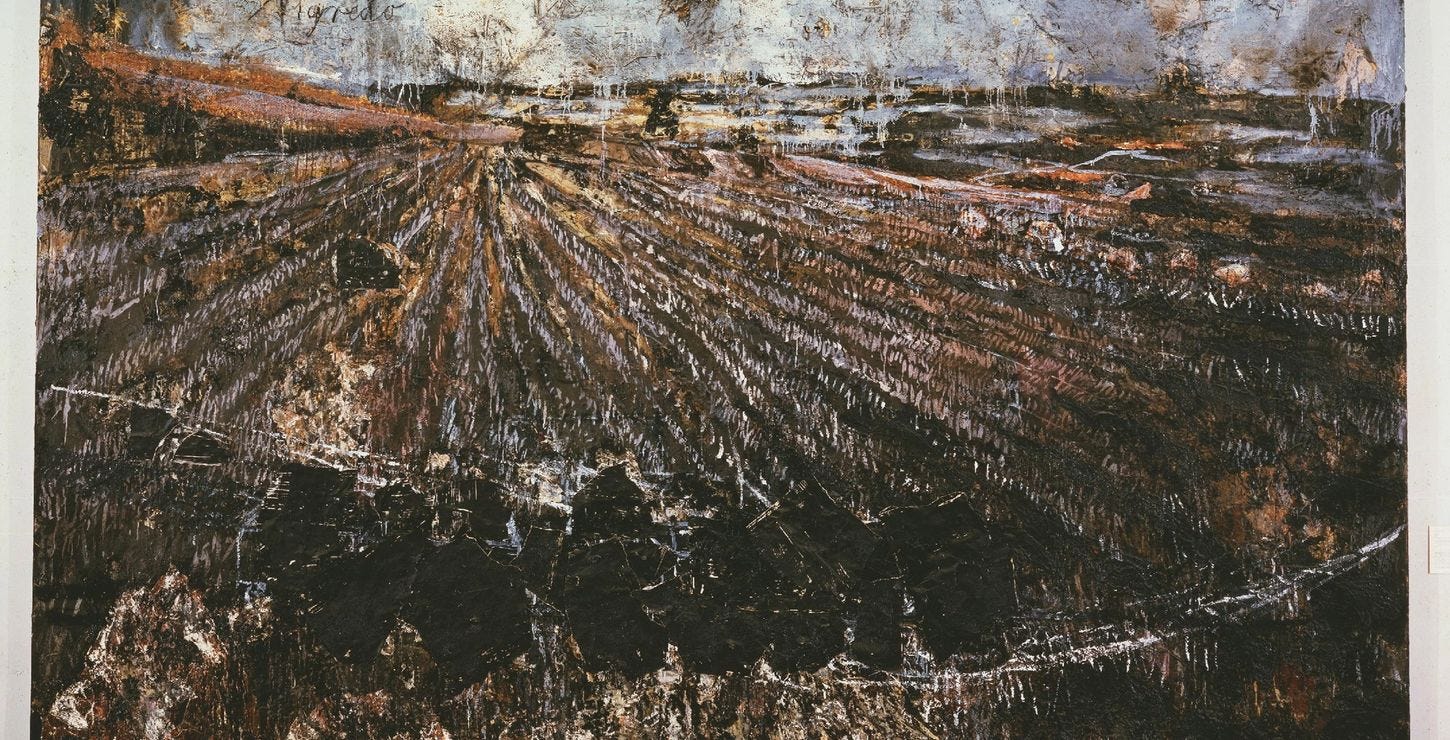
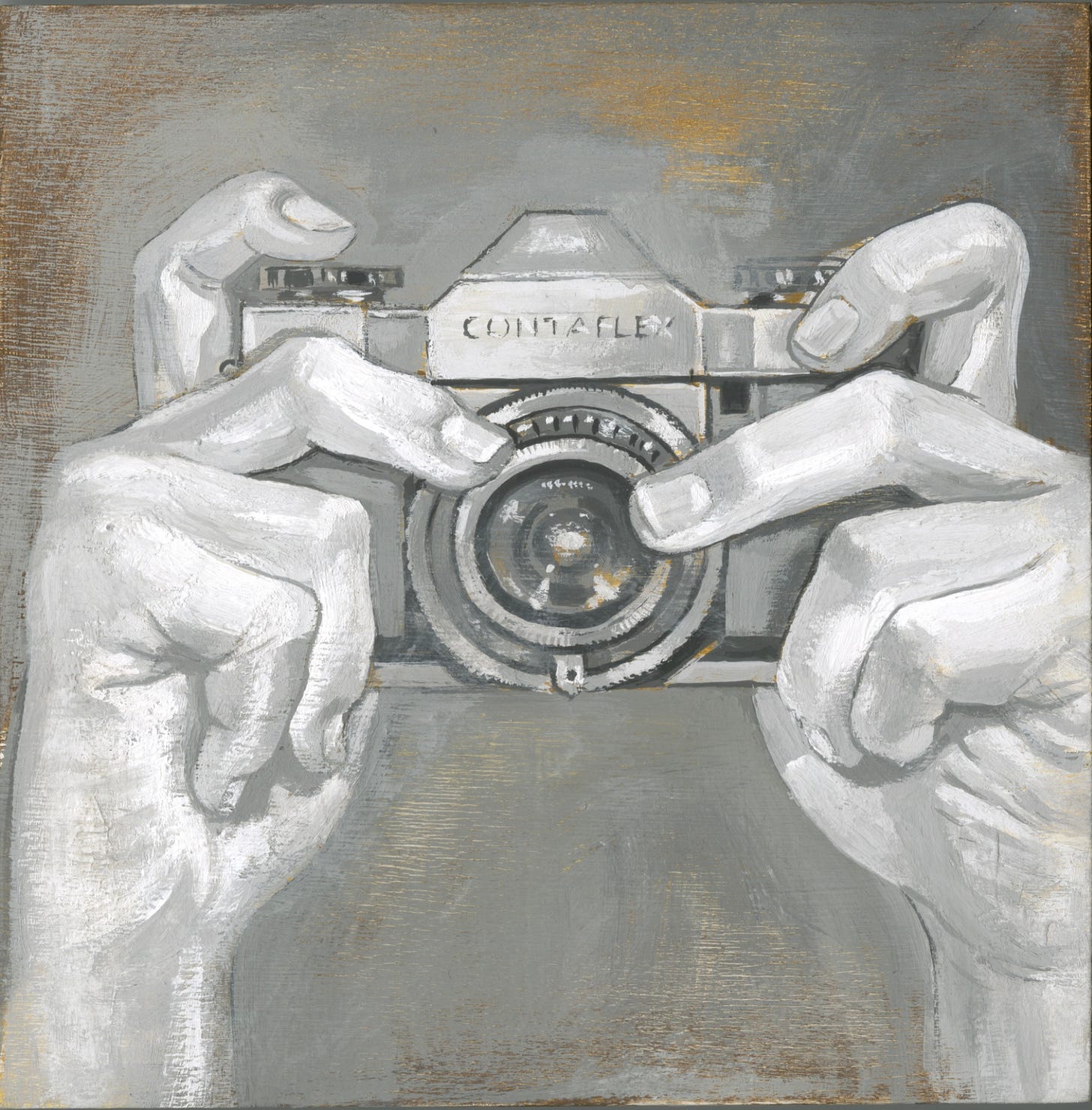
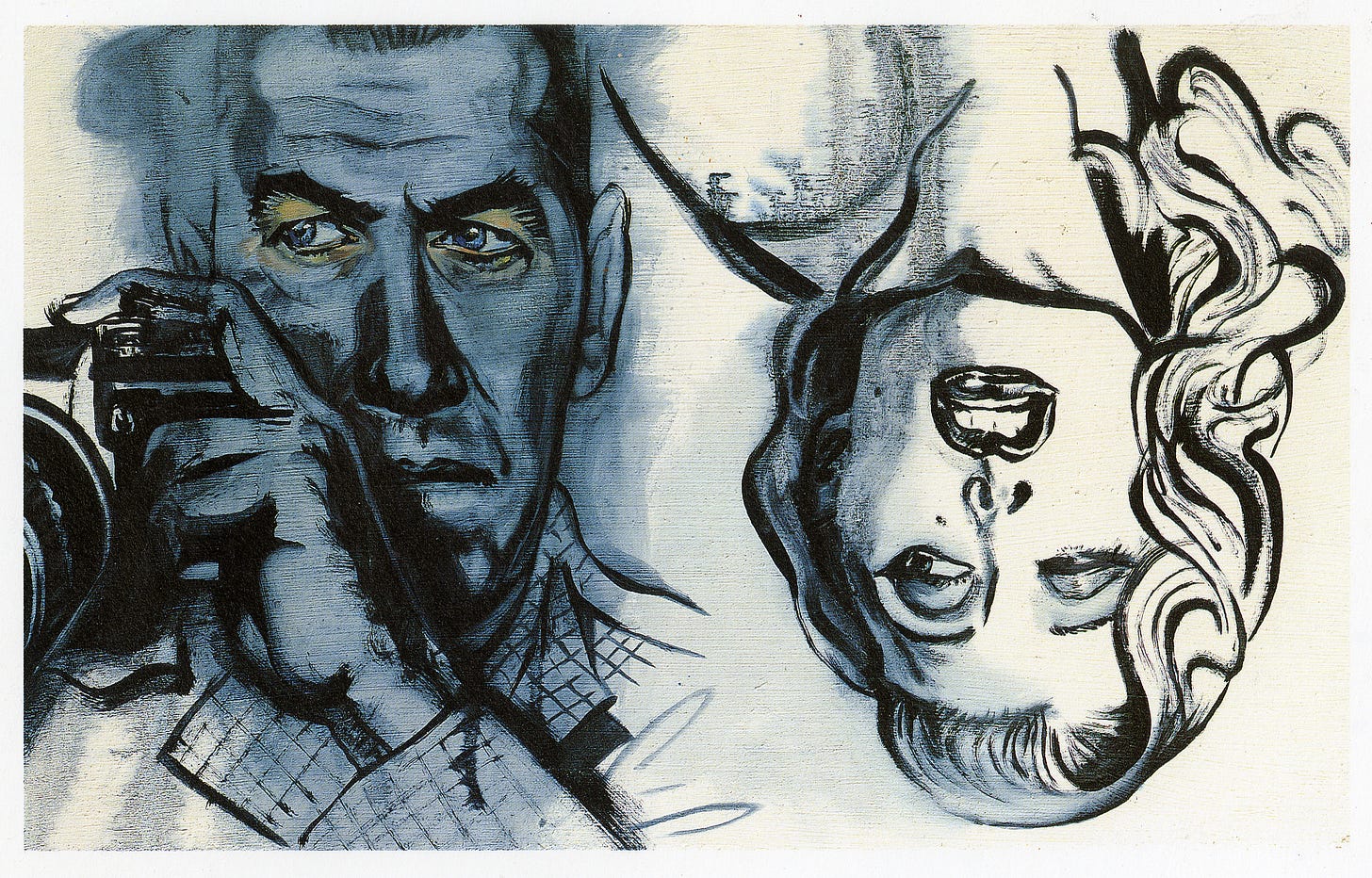
As ever, Joe--you raise really fascinating ideas. Thanks for posting the video of Fuller, if only to remind us what a douche Ignatieff is ( lol). Fuller's critique seems irrelevant now that we have so fully assimilated Warhol into the culture. I always marvelled at your Conceptual Process course in Illustration. In a way, it is a bridge that connects all art making.
Indeed. And of course that was your point. Fascinating.